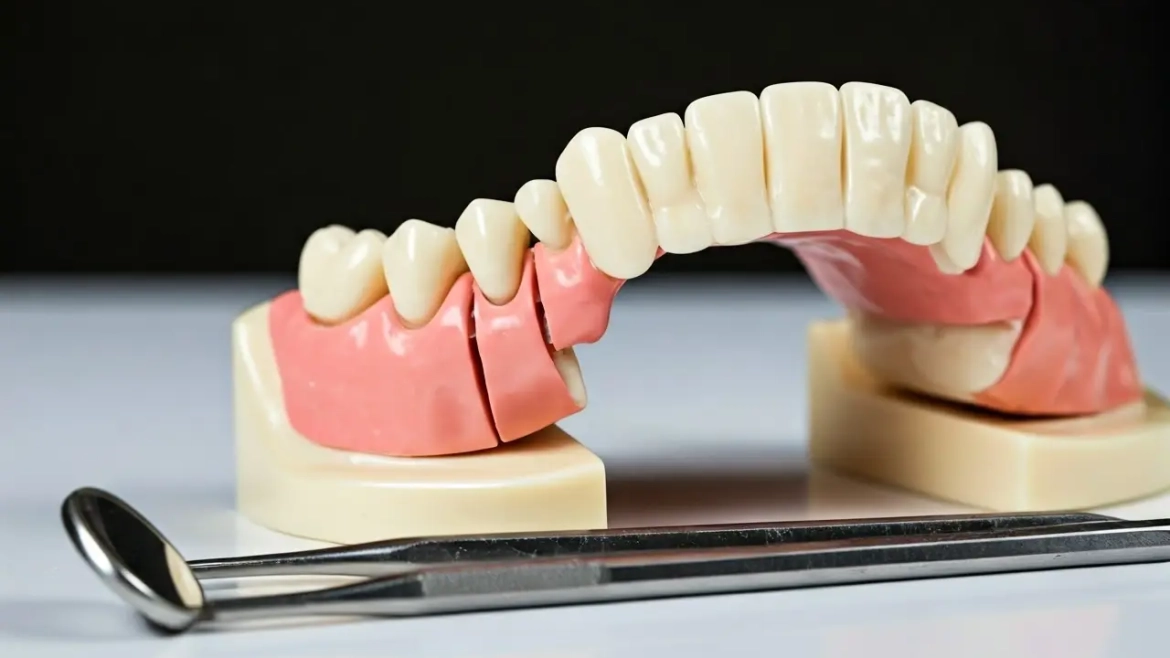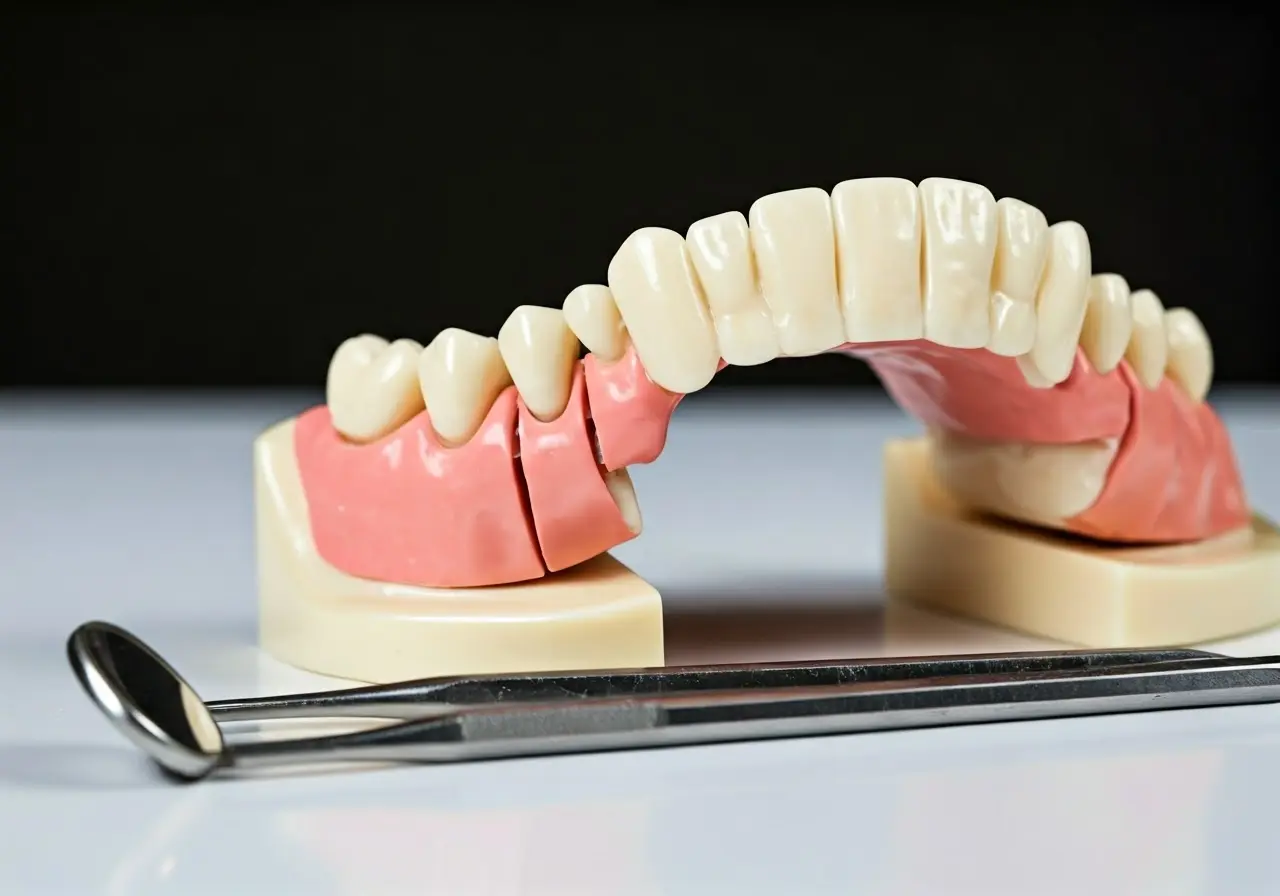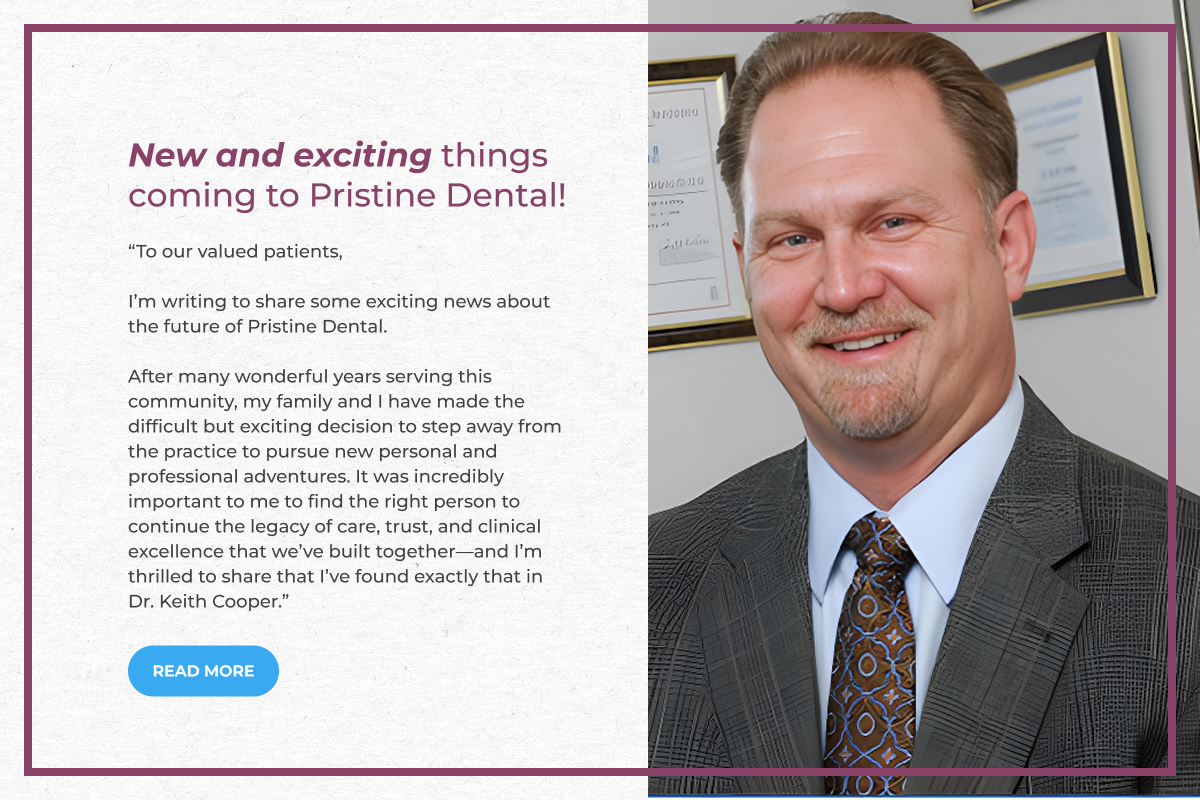Dental bridges are more than just a solution to missing teeth; they are a gateway to reclaiming your confidence and enhancing your overall oral health. In this blog, we will explore how dental bridges work, their benefits, and what you can expect from the process.
Understanding Dental Bridges: An Overview
Dental bridges are fixed prosthetic devices used to replace missing teeth by bridging the gap between your natural teeth. They are anchored in place using crowns on adjacent teeth or dental implants. These bridges offer structural stability and aesthetic appeal, giving you a smile that’s both functional and attractive. By filling the gaps left by missing teeth, dental bridges help restore normal chewing and speaking abilities, while also preventing the remaining teeth from shifting out of alignment Discovering the Advantages of Dental Bridges.
Types of Dental Bridges Available
There are several types of dental bridges, including traditional bridges, cantilever bridges, Maryland bridges, and implant-supported bridges. Each type serves different needs, depending on the location and condition of your missing teeth. Traditional bridges are the most common and involve creating a crown for the tooth or implant on either side of the missing tooth, with a pontic in between. A cantilever bridge is used when there are adjacent teeth on only one side of the missing tooth or teeth. Maryland bridges, instead of crowns, use a framework of metal or porcelain that is bonded directly onto the back of the adjacent teeth.
Implant-supported bridges use dental implants as opposed to crowns or frameworks, offering a secure fit and improved individual tooth replacement options. This type is particularly useful for longer spans of missing teeth and provides the most stable and reliable solution. The choice among these types often depends on factors like the patient’s oral health, the number of missing teeth, and the desired outcome of dental restoration. Consulting with a dental professional can guide you in choosing the most appropriate bridge type that suits your specific needs. Keep in mind, advancements in dental technology continually improve these options to offer more comfort and better results, ensuring you maintain your smile’s natural beauty.
Benefits of Choosing Dental Bridges
Dental bridges provide numerous benefits, from improving your smile to restoring the ability to chew and speak properly. They also help maintain the shape of your face and prevent your remaining teeth from shifting out of position. Missing teeth can cause a deterioration of the jawbone over time, leading to changes in facial structure and appearance. By ensuring the teeth remain aligned, dental bridges help mitigate these changes.
Moreover, dental bridges bolster your self-confidence. An incomplete smile can often affect the way you interact socially and professionally. With a complete set of teeth, people tend to exhibit more confidence, remove potential barriers in communication, and enhance their overall quality of life. Beyond aesthetics, dental bridges contribute significantly to oral health. They help to distribute the forces in your bite properly by replacing missing teeth, which prevents excessive pressure on natural teeth. This preservation is crucial because it minimizes the wear and tear of remaining teeth, lessening the likelihood of further dental issues down the line. Additionally, Encountering the Advantage of Dental Bridges, allows the user to enjoy a more balanced diet, as they can consume foods that were perhaps once difficult to manage.
The Process of Getting a Dental Bridge
Obtaining a dental bridge involves a few visits to the dentist. The process includes preparing the surrounding teeth, taking impressions, and fitting the custom-made bridge to ensure comfort and functionality. Typically, the first visit involves the preparation of the abutment teeth. These teeth are reshaped to accommodate the crown that will hold the bridge in place. Your dentist will then take impressions or digital scans of the teeth to serve as a model from which the bridge, pontic, and crowns will be constructed.
The bridge is traditionally made from porcelain fused to metal, all ceramic, or other materials that mimic the appearance and function of natural teeth. After the initial preparation, a temporary bridge is placed to protect the exposed teeth and gums while the permanent bridge is being made. On your next visit, the temporary bridge is removed, and the new bridge is adjusted and checked for fit, and then cemented into place. Once fitted, the dental bridge not only restores your smile but also blends seamlessly with your natural teeth. Proper follow-up care and regular dental check-ups are essential to keep your dental bridge in optimal condition.
Caring for Your Dental Bridge
Proper care is crucial for the longevity of your dental bridge. Regular brushing, flossing, and dental check-ups will help keep your bridge clean and your oral health in good condition. Special care is needed to maintain the cleanliness around the dental bridge. Utilize a floss threader to reach under the pontic and clear out any food debris or plaque. Your dentist might also suggest using an interdental brush to clean around your bridge thoroughly.
A balanced diet can further enhance the lifespan of your dental bridge. Try to reduce the consumption of hard and sticky foods that can damage or dislodge the bridge. Limiting sugary and acidic foods will also help in preventing decay around the supporting teeth. Regular visits to your dentist allow for proper monitoring and professional cleaning, which are essential to your long-term oral health strategy. Overall, it’s not just about maintaining your dental bridge but ensuring your entire mouth remains healthy. Don’t hesitate to ask your dentist for additional tips and guidance on best practices for oral hygiene tailored specifically to your needs.
Embracing the Benefits of Dental Bridges
Dental bridges offer an effective way to restore your smile, improve oral function, and boost your self-esteem. By choosing the right type of bridge and following your dentist’s recommendations, you can enjoy the many benefits they provide and maintain a healthier, more attractive smile for years to come.



